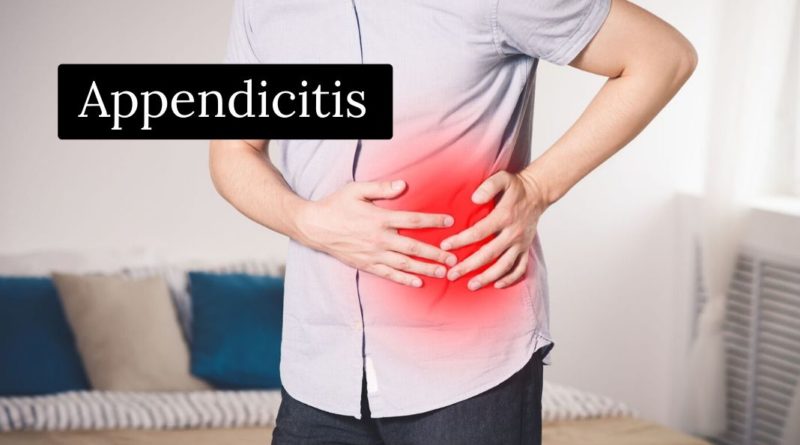Appendicitis: Causes, Symptoms, and Treatment
The appendix is a pouch-like structure attached at the start of the large intestine that has no known purpose.
Table of Contents
What is appendicitis?
Appendicitis is inflammation of the appendix, a small, worm-shaped piece of intestine that is attached to the large intestine on the right side of the abdomen.
It can happen at any age, but most cases occur between 8 and 30 years (1). It is rarely seen in children younger than 2. In young people, appendicitis is probably the most common cause of abdominal pain that requires urgent surgical intervention.
What causes appendicitis?
In most cases, the specific reason for the inflammation is not known but is sometimes caused by small pieces of hard stool (fecaliths) that are stored in the appendix.
What are the symptoms of appendicitis?
Symptoms can be extremely variable, although they usually present as follows:
- Usually, the first sign is pain or discomfort in the center of the abdomen. This pain comes and goes in waves and is often thought to be simply an upset stomach.
- After a few hours, the pain becomes more evident and constant in the lower right part of the stomach. It increases with movement or when coughing. Often the patient loses his appetite, feels sick, and vomits. The temperature rises and the complexion turns red. Halitosis occurs, that is, the breath smells very bad.
- After a time (usually days) the patient feels worse, the temperature increases, the pain spreads to the rest of the abdomen, which becomes hard, and if the patient is not operated on, serious complications (perforation and peritonitis) can occur.
How is appendicitis diagnosed?
The doctor conducts a medical history, scans the patient, and takes his temperature. The examination pays special attention to palpation on the lower right side of the abdomen and the appearance of pain when you stop squeezing. Sometimes an examination of the rectum (digital rectal examination) or vagina is required to exclude other causes of pelvic pain.
Blood and urine tests are done, looking for an infection, and ultrasound or abdominal scans may be requested to aid in the diagnosis. The indication for the intervention is established by the doctor’s examination and the results of the tests carried out. The cause of pain is not normally found to be appendicitis in two out of ten patients who undergo this diagnosis.
What is the treatment of appendicitis?
With few exceptions, the treatment of appendicitis consists of the removal of the appendix (appendectomy). To do this, the patient is completely anesthetized and a small oblique incision is made in the lower right part of the abdomen. Sometimes, it is necessary to place a drain in the abdomen that facilitates the exit of the remains during the postoperative period.
In some centers, the removal of the appendix is carried out using small holes (usually three) that allow the introduction of a video system and the precise instruments into the abdomen. This procedure is called a laparoscopy and has not been shown to have significant advantages over the conventional technique.
In uncomplicated cases, the patient normally stays 2 or 3 days in the hospital, being discharged when the fever subsides and the possibility of eating normally is restored. The stitches or staples are usually removed after 7-10 days and return to normal activity is usually done after 4-6 weeks. Home care will not require more than daily washing of the wound and the ingestion of an analgesic in case of pain.
What complications can occur after surgery?
It is not to be expected that there will be big problems when appendicitis is diagnosed before perforation and peritonitis. In that 20% that do have a perforated appendix, antibiotics will be prescribed for about a week, which has made it not as serious a situation as it was at other times. However, there is still a risk of abscesses (pus pockets) in the abdominal cavity that may require drainage or in some cases a new intervention. What is relatively common is that the wound is infected. This may require opening the skin and allowing the wound to heal slowly and from the inside out.
Like any intervention in the abdomen, internal scars occur that may cause the intestine to become blocked one day. These obstructions appear in a small number of patients, they can occur at any time of life (although it usually occurs in the months following the intervention, cases have been seen after 60 years of the appendectomy) and sometimes require urgent intervention… It is also possible that in a small percentage of patients a hernia occurs in the scar, which would require a new intervention to fix it.




